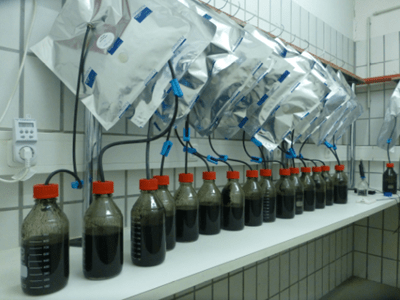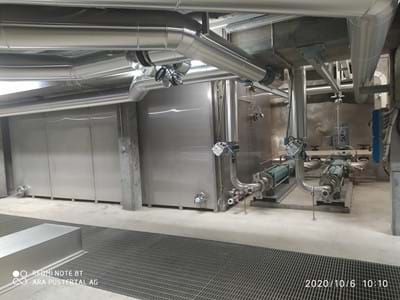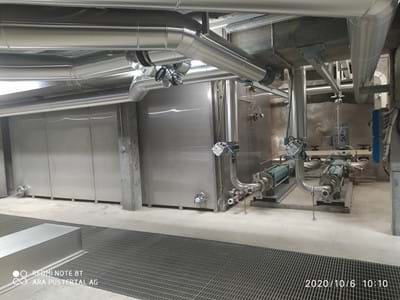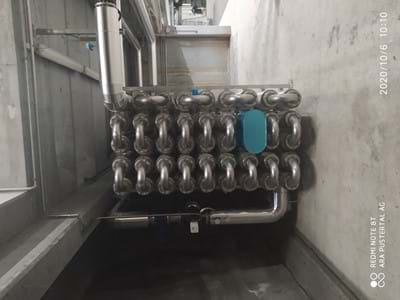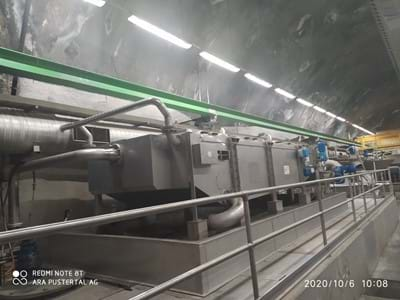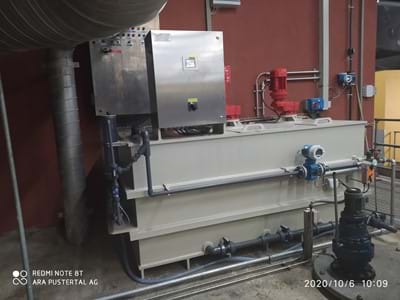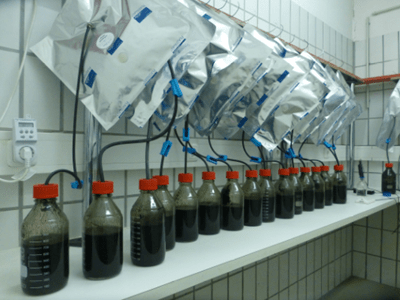A solution was needed. The small project T19-18 (thermal pre-treatment) was developed.
Laboratory tests showed that thermal pre-treatment of the overburden at 60-70°C significantly improved the pumpability of the sludge and increased the degradability and methane yield. This results in the following advantages for the operation of the sewage treatment plant:
- The viscosity of the USS decreases by approx. 90%.
- The residence time in the digestion tower is extended.
The engineering office BioTreaT, which accompanied us in the project, also expects a possible increase in methane gas production of 30,000m³ or an increase in electrical energy of around 100,000kWh per year.
